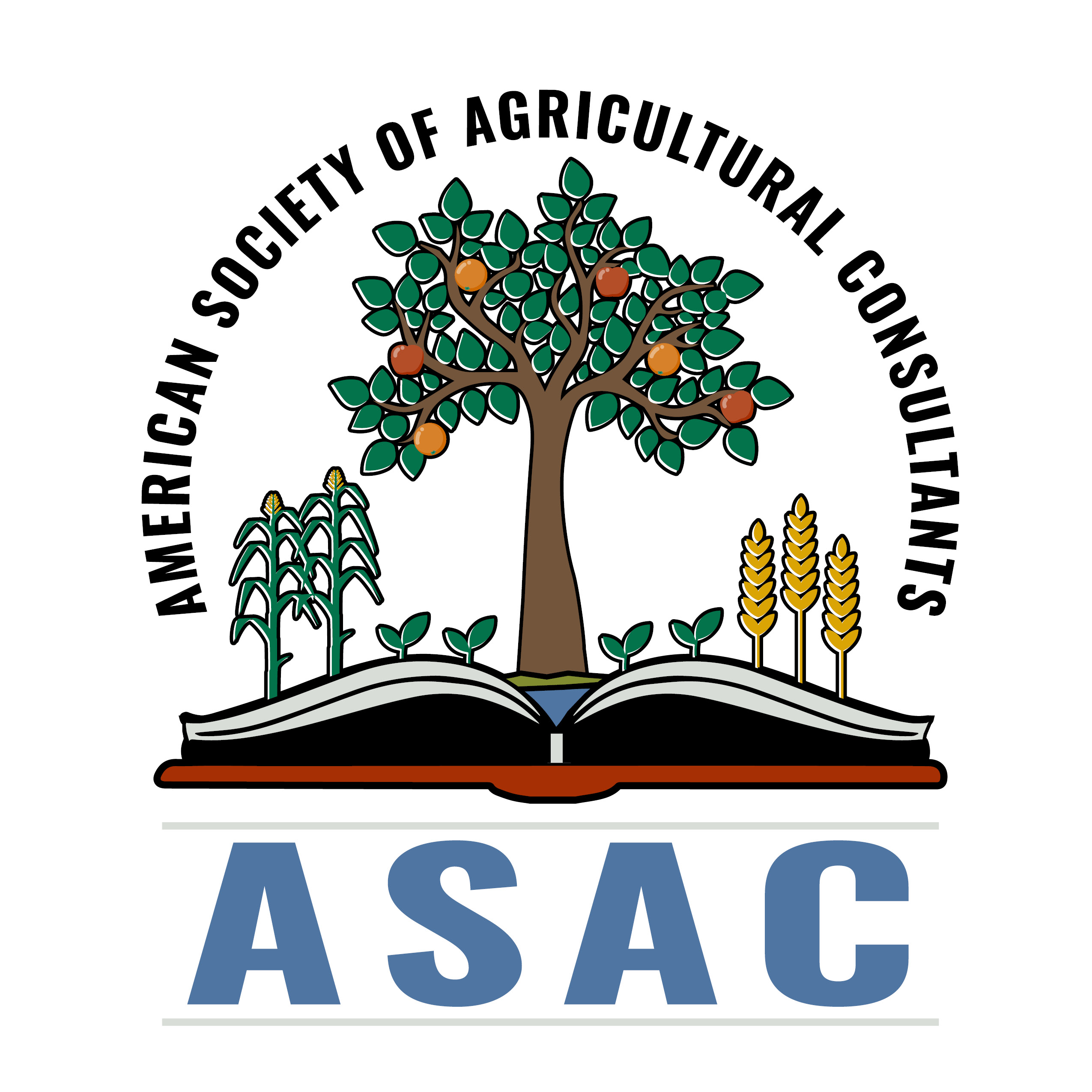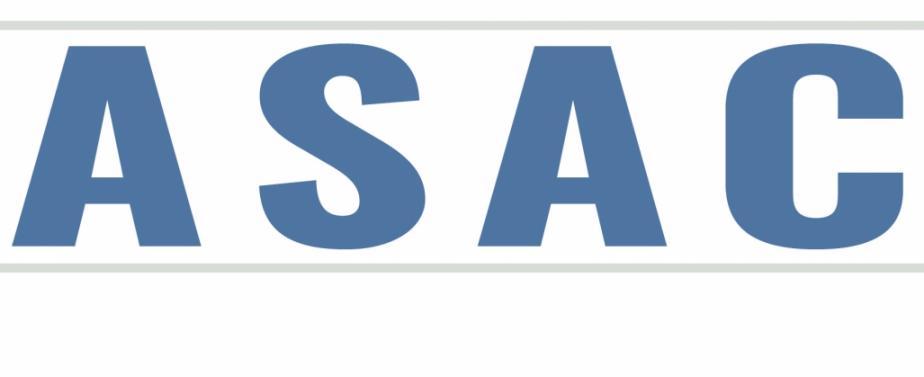Efficient and Effective Family Business Meetings
02/28/2025
One of the most overlooked yet valuable practices that family businesses need to do is to have business meetings. There are many reasons why family businesses fail to have these meetings. Perhaps they have tried them in the past and they didn’t go well, or they aren’t able to agree on a time and place, or they simply don’t see the value.
The solution that has worked well for many families is to develop a clear structure for the meetings that ensures a time limit, a set agenda so everyone knows the order of the topics to be discussed, and a list of action steps at the end to confirm the decisions made and that responsibilities are assigned.
One of the most overlooked yet valuable practices that family businesses need to do is to have business meetings. There are many reasons why family businesses fail to have these meetings. Perhaps they have tried them in the past and they didn’t go well, or they aren’t able to agree on a time and place, or they simply don’t see the value.
The solution that has worked well for many families is to develop a clear structure for the meetings that ensures a time limit, a set agenda so everyone knows the order of the topics to be discussed, and a list of action steps at the end to confirm the decisions made and that responsibilities are assigned.
The agenda should be consistent from one meeting to the next, and the order of topics should start with basic areas that can be discussed quickly through the sharing of consistent information. For a crop production operation, the order may include:
1. Review of Action Steps from Previous Meeting—Quick summary of progress on previous decisions and activities.
2. Maintenance—Maintenance schedules, vehicle and equipment issues.
3. Repairs—Current repairs, major repairs being planned, shop scheduling.
4. Labor—Schedules, availability, time off.
5. Production—Seasonal planning, input purchasing, growth progress, priority and timing of operations.
6. Marketing—Price updates and basic strategy, delivery schedules, priorities.
7. Additional Topics of Choice.
8. Summary of Decisions Made and Action Steps to Take.
A review of previous action steps should always start the meeting so that any updates on progress which may affect other topics of discussion can be included. Each of these topics should have a time limit established for them based on what is needed for the specific business. For all of the topics listed above, a well-organized and prepared staff can cover each one in 5 minutes or less. They know what they need to report, and they are prepared ahead of time with their information. The group can agree on production numbers and dollar amounts that should be shared as a way to track each area.
With a standardized order of topics, a participant with a burning question on an issue, or something that they want to be certain is covered in the meeting, they know when to share that information. They don’t have to try to force their topic into the agenda.
The order can also be done in a manner that covers the topics that everyone needs to be involved in at the beginning of the meeting, such as maintenance, repairs, labor and production, and once those are covered, some of the employees can then be dismissed to go back to their tasks. Many production employees prefer this strategy so they can stay on schedule for their day’s activities.
For more involved topics such as financial updates, budgeting discussions, major purchases, capital investments, facility planning, etc., these should be separate meetings with only the individuals who are directly involved in those decisions.
The frequency and timing of meetings can be decided and agreed upon by the participants. It is incumbent on leadership to guarantee that the meetings are productive, efficient and effective to ensure that participants see the value and want to attend.
For a white paper that provides additional information and suggestions, e-mail me at don@dontyler.com and I’ll be happy to forward that, plus a standard agenda form.
= = = = = = = = =
This article is the opinion and perspective of the author and may or may not be consistent with those of anyone else. Mention of specific people or items in the article is not an endorsement of the individual, the company or the organization from which it originates.
= = = = = = = = =
Don Tyler
ASAC Board Member
Post a new comment







